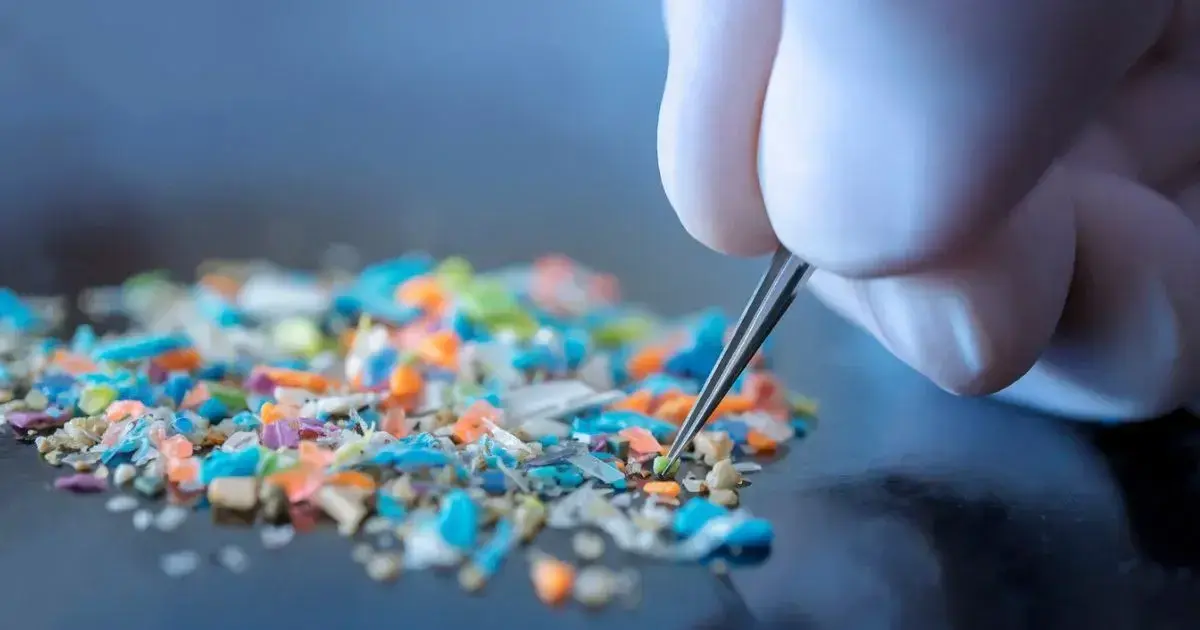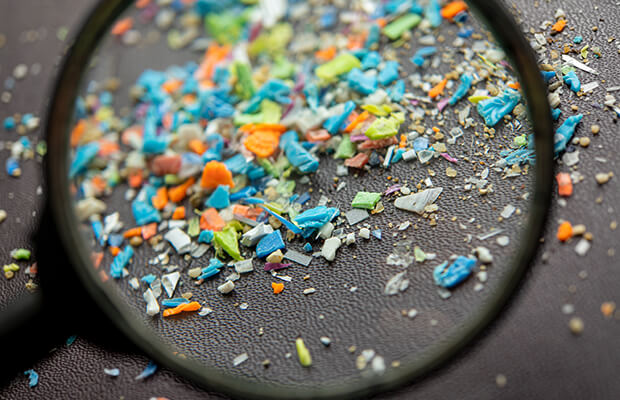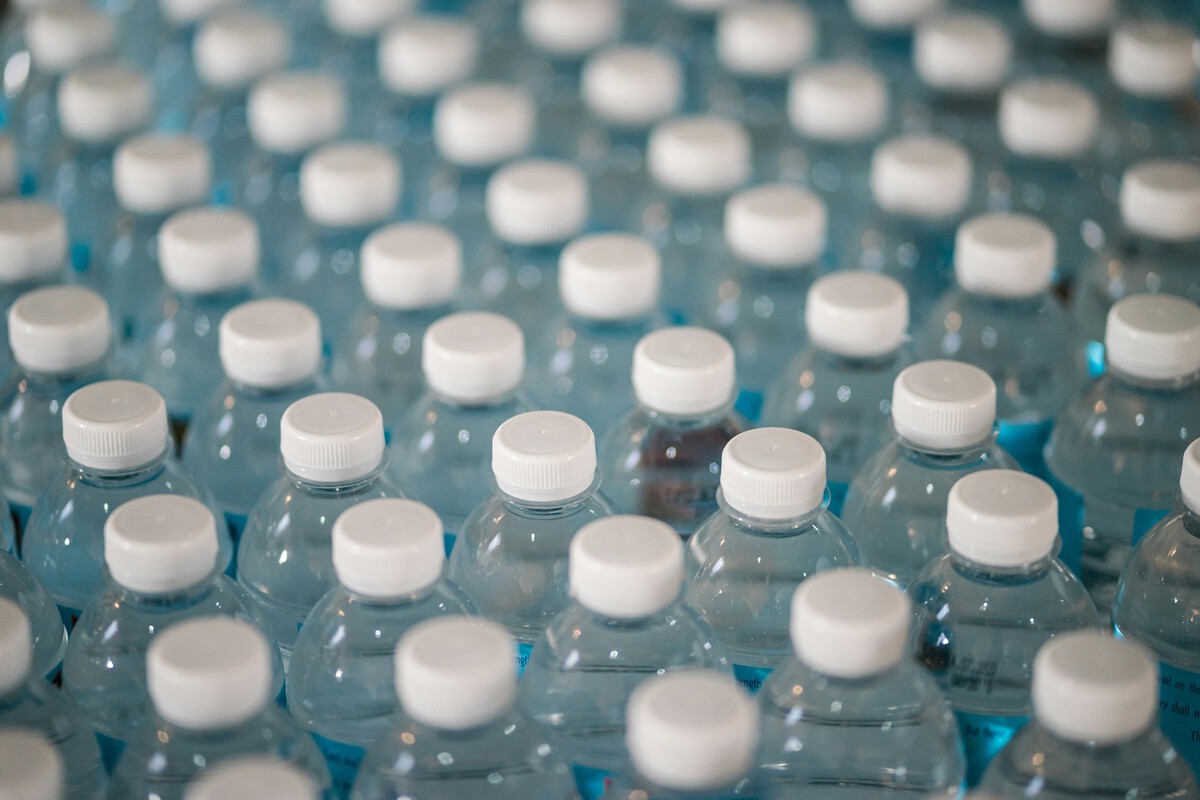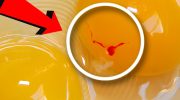On average, one liter of bottled water contains 240,000 fragments of detectable plastic.
Better taste and smell and health reasons. Those are the two main reasons why people drink bottled water, according to a study by the Autonomous University of Barcelona. Spain is, in fact, the third European country that consumes the most bottled water (up to 107 liters per inhabitant). This clashes with one thing: that bottled water is not only much more expensive than tap water, but we now know that it also has microplastics and nanoplastics in much greater quantities than estimated.
The original study. Researchers at Columbia University carried out an analysis of three popular brands of bottled water in the United States (whose names have not been disclosed) in search of micro- and nanoplastics. To do this, they used a new technique called stimulated Raman scattering microscopy based on probing the samples with two simultaneous lasers tuned to resonate specific molecules.
Analyzing seven common plastics, the researchers developed an algorithm to interpret the results. According to Wei Min, co-inventor of the technique and co-author of the study in question, “it is one thing to detect and another to know what you are detecting”.

The findings. On average, this study found that one liter of bottled water contains 240,000 fragments of detectable plastic, between ten and 100 times more than previous estimates. Specifically, the researchers claim that they found between 110,000 and 370,000 fragments of plastic in each liter, of which 90% were nanoplastics. In this sense, it is important to remember the difference between microplastics and nanoplastics:
- Microplastics: those whose size varies between 100 nanometers and five millimeters.
- Nanoplastics: those whose size is equal to or less than 100 nanometers.
The most common plastics. To no one’s surprise, one of the most common plastics was polypropylene terephthalate, better known as PET. It is the material from which many bottles are made. “It probably gets into the water when bits of it come off when the bottle is squeezed or exposed to heat,” say the researchers, who cite another study that suggests that it can also come off when the cap is repeatedly opened and closed.
All too common. And although PET is commonly found, it is outdone by polyamide, a type of nylon that “probably comes from the plastic filters used to purify the water before bottling it,” says Beizhan Yan, a researcher on the study. Other common plastics found by the researchers were polystyrene, polyvinyl chloride and polymethyl methacrylate.
And the rest? The technique used covers the seven most common plastics, but there are many other plastics. As explained by Columbia University, “the seven types of plastic the researchers looked for only accounted for about 10% of all the nanoparticles they found in the samples; they have no idea what the rest are. If they are all nanoplastics, there could be tens of millions per liter.”
And what about the ones sold in Spain? That is what a study by the CSIC and the Barcelona Institute of Global Health wanted to find out. They have developed a technique to quantify particles between 0.7 and 20 micrometers, as well as the chemical additives released into the water, and for this study, they analyzed 280 samples from 20 commercial brands of water. Only one of the brands did not contain microplastics, but all 280 samples contained plastic additives.

More specifically, the result is that, on average, one liter of water contains 359 nanograms of micro- and nanoplastics, a quantity comparable to that obtained in tap water found in a previous study carried out by the same group. “The main difference we found is the type of polymer: in tap water we found more polyethylene and polypropylene, while in bottled water we detected mostly polyethylene terephthalate (PET), although we also found polyethylene,” said Cristina Villanueva, ISGlobal researcher and author of the study.
Quite a lot of microplastic. Considering that we drink two liters of water a day, the authors estimate “an intake of 262 micrograms of plastic particles per year.” As far as additives are concerned, 28 plastic additives have been detected, mostly stabilizers and plasticizers. According to the researchers, “our toxicity study showed that three types of plasticizers presented a greater risk to human health and, therefore, should be considered in consumer risk analyses.”








